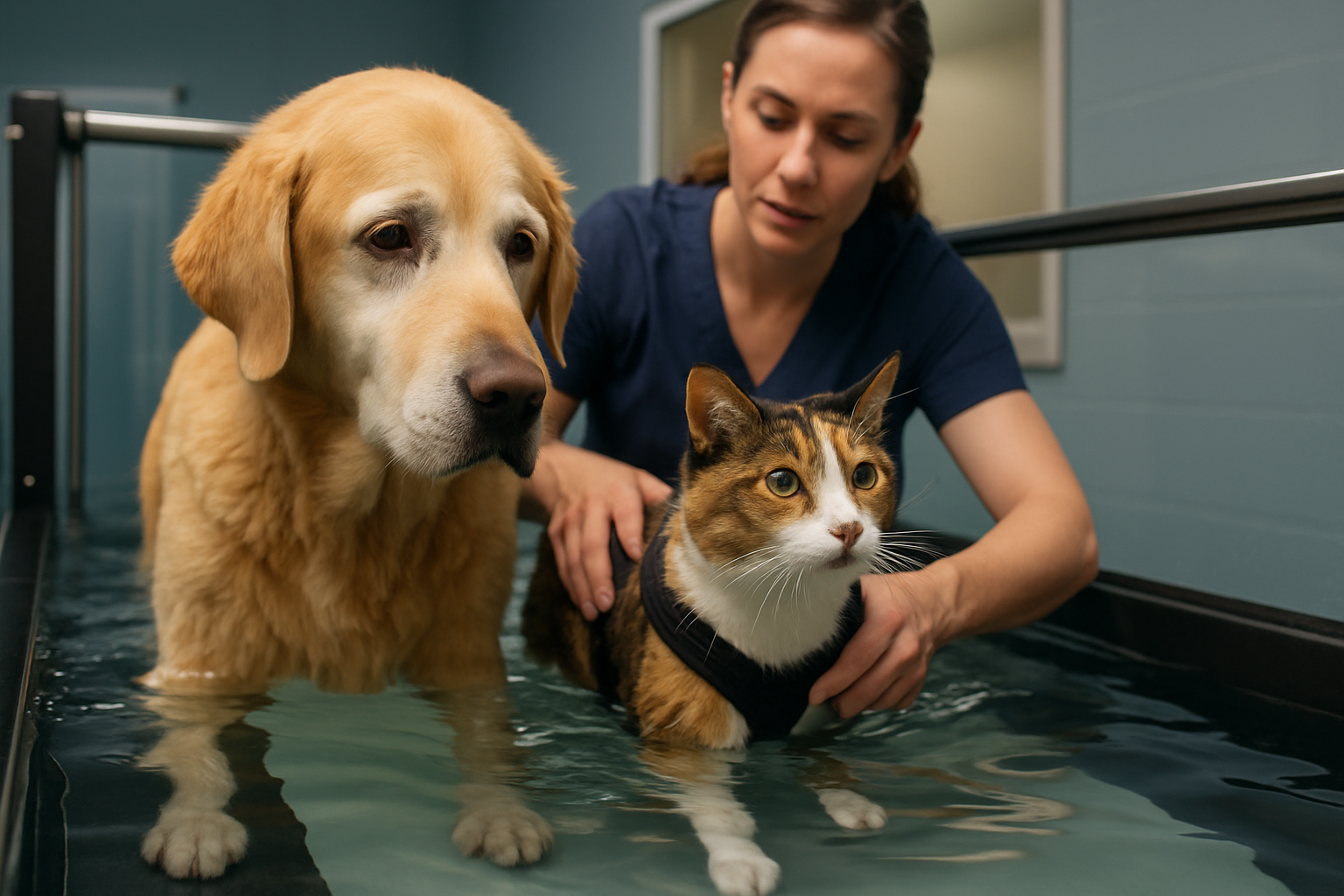Pet Insurance: Protecting Your Furry Friends' Health and Your Wallet
Pet insurance has become an increasingly popular option for pet owners looking to safeguard their beloved animals' health while managing potential veterinary costs. As our pets become integral members of our families, ensuring their well-being is paramount. This article explores the ins and outs of pet insurance, helping you understand its benefits, coverage options, and considerations.

Most pet insurance plans cover accidents and illnesses, while some may also include routine care such as vaccinations and check-ups. The specifics of coverage can vary widely between providers and plans, so it’s essential to carefully review policy details before making a decision.
What types of pets can be insured?
While dogs and cats are the most commonly insured pets, many insurance providers also offer coverage for other animals. Depending on the company, you may be able to insure:
-
Dogs and cats
-
Birds
-
Rabbits
-
Ferrets
-
Reptiles
-
Exotic pets
It’s important to note that coverage options and premiums can vary significantly based on the type of pet, breed, age, and overall health. Some providers may specialize in certain animals, while others offer a broader range of coverage options.
What does pet insurance typically cover?
Pet insurance policies can vary widely in terms of coverage, but most plans typically include:
-
Accidents: Injuries resulting from unexpected events, such as broken bones or ingestion of foreign objects.
-
Illnesses: Diseases, infections, and other health conditions that develop over time.
-
Diagnostic tests: X-rays, blood work, and other necessary tests to determine the cause of an illness or injury.
-
Surgeries: Both emergency and planned surgical procedures.
-
Medications: Prescribed drugs to treat covered conditions.
-
Hospital stays: Overnight care and monitoring in veterinary facilities.
Some policies may also offer additional coverage for:
-
Routine care: Vaccinations, annual check-ups, and preventive treatments.
-
Alternative therapies: Acupuncture, chiropractic care, and other non-traditional treatments.
-
Behavioral issues: Treatment for anxiety, aggression, or other behavioral problems.
How much does pet insurance cost?
The cost of pet insurance can vary significantly based on several factors, including the type of pet, breed, age, location, and level of coverage. To provide a general idea of pricing, we’ve compiled a comparison table of some popular pet insurance providers:
| Provider | Basic Coverage (Monthly) | Comprehensive Coverage (Monthly) | Deductible Options |
|---|---|---|---|
| Healthy Paws | $20 - $50 | $30 - $70 | $100 - $500 |
| Pets Best | $15 - $40 | $25 - $60 | $50 - $1,000 |
| Trupanion | $30 - $65 | $40 - $100 | $0 - $1,000 |
| Embrace | $25 - $55 | $35 - $80 | $200 - $1,000 |
| ASPCA Pet Health Insurance | $20 - $45 | $30 - $75 | $100 - $500 |
Prices, rates, or cost estimates mentioned in this article are based on the latest available information but may change over time. Independent research is advised before making financial decisions.
It’s important to note that while monthly premiums are a significant factor, you should also consider deductibles, reimbursement rates, and annual coverage limits when evaluating the overall cost and value of a pet insurance policy.
What are the benefits and drawbacks of pet insurance?
Pet insurance offers several advantages:
-
Financial protection: It can help offset the cost of unexpected veterinary bills, potentially saving you thousands of dollars in the event of a serious illness or injury.
-
Peace of mind: Knowing you have coverage can alleviate stress and allow you to focus on your pet’s health rather than the cost of treatment.
-
Access to better care: With insurance, you may be more likely to pursue advanced treatments or specialists that might otherwise be financially out of reach.
However, there are also some potential drawbacks to consider:
-
Exclusions and limitations: Pre-existing conditions are typically not covered, and some policies may have breed-specific exclusions or waiting periods.
-
Out-of-pocket expenses: You’ll still need to pay for veterinary care upfront and wait for reimbursement.
-
Premiums may increase: As your pet ages or if you file multiple claims, your premiums may go up.
Pet insurance can be a valuable tool for managing the costs of veterinary care and ensuring your furry friend receives the best possible treatment. By understanding the coverage options, costs, and potential benefits and drawbacks, you can make an informed decision about whether pet insurance is right for you and your pet. Remember to carefully compare policies, read the fine print, and consider your pet’s specific needs when choosing a plan.






